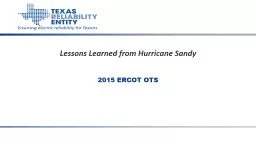PPT-Applied Statistics Seminar
Author : ivy | Published Date : 2024-03-13
Grant Writing for Cancer Studies Masha Kocherginsky PhD Professor of Biostatistics Departments of Preventive Medicine Director Quantitative Data Sciences Core
Presentation Embed Code
Download Presentation
Download Presentation The PPT/PDF document "Applied Statistics Seminar" is the property of its rightful owner. Permission is granted to download and print the materials on this website for personal, non-commercial use only, and to display it on your personal computer provided you do not modify the materials and that you retain all copyright notices contained in the materials. By downloading content from our website, you accept the terms of this agreement.
Applied Statistics Seminar: Transcript
Download Rules Of Document
"Applied Statistics Seminar"The content belongs to its owner. You may download and print it for personal use, without modification, and keep all copyright notices. By downloading, you agree to these terms.
Related Documents














